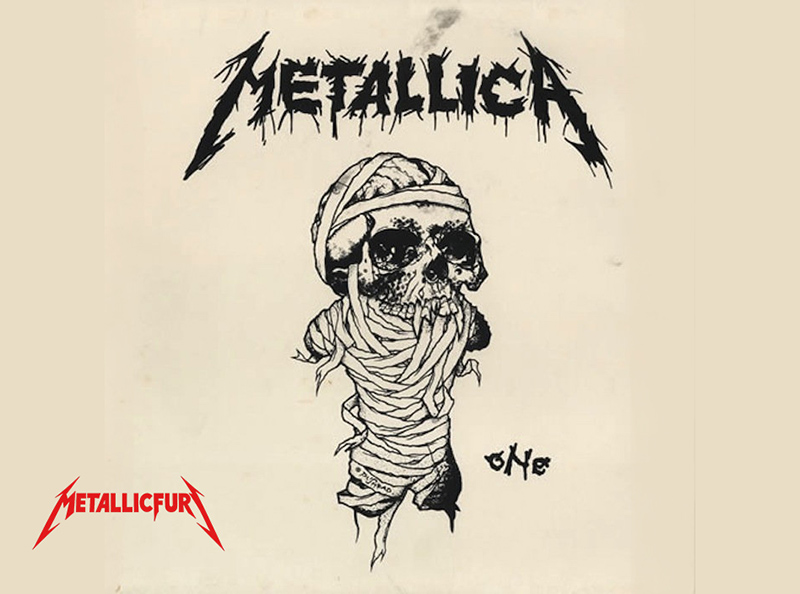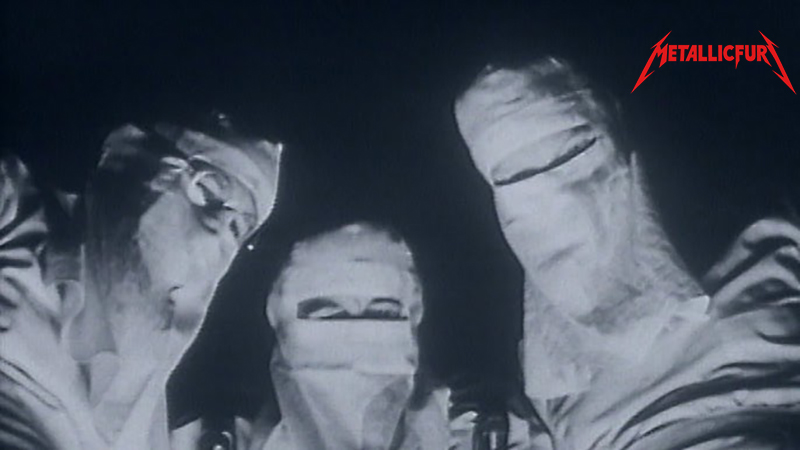Metallica Blog
What Is One by Metallica About? Story Behind the Lyrics, Anti-War Message, and Cultural Impact
When someone types “what is One by Metallica about” on Google, they’re usually looking for more than just a quick summary of the lyrics. In fact, One is not only one of Metallica’s greatest songs—famous, haunting, and thought-provoking—but also one of the most profound works in heavy metal history. Released in 1989 on the album …And Justice for All, the track goes far beyond riffs and solos; it tells a tragic story of war, suffering, and the desperate longing to escape unbearable pain.
The Origins of One
Metallica wrote One in the late 1980s, a period when the band was experimenting with longer, more complex, and darker songs. Lead vocalist and rhythm guitarist James Hetfield, together with drummer Lars Ulrich, wanted to create a piece that combined technical musicianship with a gripping narrative. It was also the first Metallica song to have an official music video, which helped bring the band to a wider mainstream audience.
The inspiration came from Dalton Trumbo’s 1939 anti-war novel Johnny Got His Gun and its 1971 film adaptation. The story follows a soldier who, after a World War I explosion, loses all his limbs and senses, but remains conscious—trapped in his own body. Metallica used footage from the film in their music video, reinforcing the anti-war message.
The Story in the Lyrics
So, what is One by Metallica about?
At its core, the song is told from the perspective of a soldier who survives a landmine blast. He is alive, but left without arms, legs, sight, hearing, or speech. The lyrics pull listeners deep into his torment. He can think and feel but is completely cut off from the world around him. His only remaining wish is to die and be released from the prison of his body.
This isn’t fantasy—it mirrors the harsh realities of war. Many soldiers have lived on with devastating injuries, becoming living reminders of its cost. Metallica turned this tragedy into music that forces listeners to confront the darkest face of human conflict.
Structure and Musical Journey

One unfolds like a miniature film, telling its story through music:
-
It begins quietly, with clean guitar tones layered over battlefield sounds, setting a wartime atmosphere.
-
The opening verses are soft and fragile, like memories of peace.
-
As the song builds, distorted guitars and pounding drums capture the soldier’s panic and rage.
-
The climax arrives with relentless double-kick drumming, machine-gun riffs, and blistering solos—mirroring inner chaos and desperation.
This dynamic progression from silence to fury is what makes One a masterpiece. It doesn’t stay in one emotion; it takes listeners through despair, fear, and the yearning for release.
Themes and Symbols
On a deeper level, One carries multiple layers of meaning:
-
War and dehumanization – The soldier’s body is alive, but his humanity has been stripped away.
-
Isolation and imprisonment of the mind – Consciousness without communication becomes a fate worse than death.
-
The plea for release – The cries for death are not about suicide, but about mercy.
-
Ethical questions – The song raises debates: does someone in such a state have the right to die? What does “life” mean when it’s reduced to mere survival?
Impact of the Music Video
When Metallica released the One video in 1989, fans were stunned by its raw intensity. The band had long resisted making videos, fearing it would feel commercial. But this video, mixing live performance with Johnny Got His Gun footage, changed everything.
It was played heavily on MTV, propelling Metallica into the mainstream. One became not just a song but a cultural moment.
Success and Legacy
-
One was Metallica’s first song to enter the Billboard Hot 100.
-
In 1990, it won the Grammy Award for Best Metal Performance.
-
To this day, it remains a staple in the band’s live shows, often performed with pyrotechnics to simulate a battlefield.
But its real legacy lies beyond charts and awards. One has become an anti-war anthem, a point of discussion in debates about medical ethics, the right to die, and the hidden suffering of veterans.
Why One Endures
More than three decades later, One continues to resonate because:
-
Musically, it showcases Metallica’s technical brilliance, from Hetfield’s tight rhythm guitar to Kirk Hammett’s iconic solos.
-
Narratively, it’s one of the rare rock songs with a fully developed, emotionally gripping storyline.
-
Thematically, it’s a reminder that war doesn’t just kill—it leaves lives in limbo.
This combination of artistry and humanity makes One timeless.
For a direct comparison, read our analysis of control and ruin in Master of Puppets, which echoes the confinement theme in One
Conclusion
So, what is One by Metallica about?
It is the story of war’s cruelty, told through the eyes of a soldier stripped of everything yet still conscious. It is about being alive but unable to truly live. It is a desperate plea for release from endless pain.
Metallica transformed this tragedy into a work of art that balances beauty and brutality, melody and chaos. Whether you’re a metal fan or not, One stands as proof of music’s power to confront the most painful truths of human existence.
And that is why, nearly four decades later, the question “what is One by Metallica about” still matters: it is about the darkness of war, the fragility of humanity, and the eternal yearning for freedom—whether in life or in death.
The above are insights from Metalicfury. If you are a true Metallica fan, you’ve surely gained a deeper understanding of the meaning behind the song One

